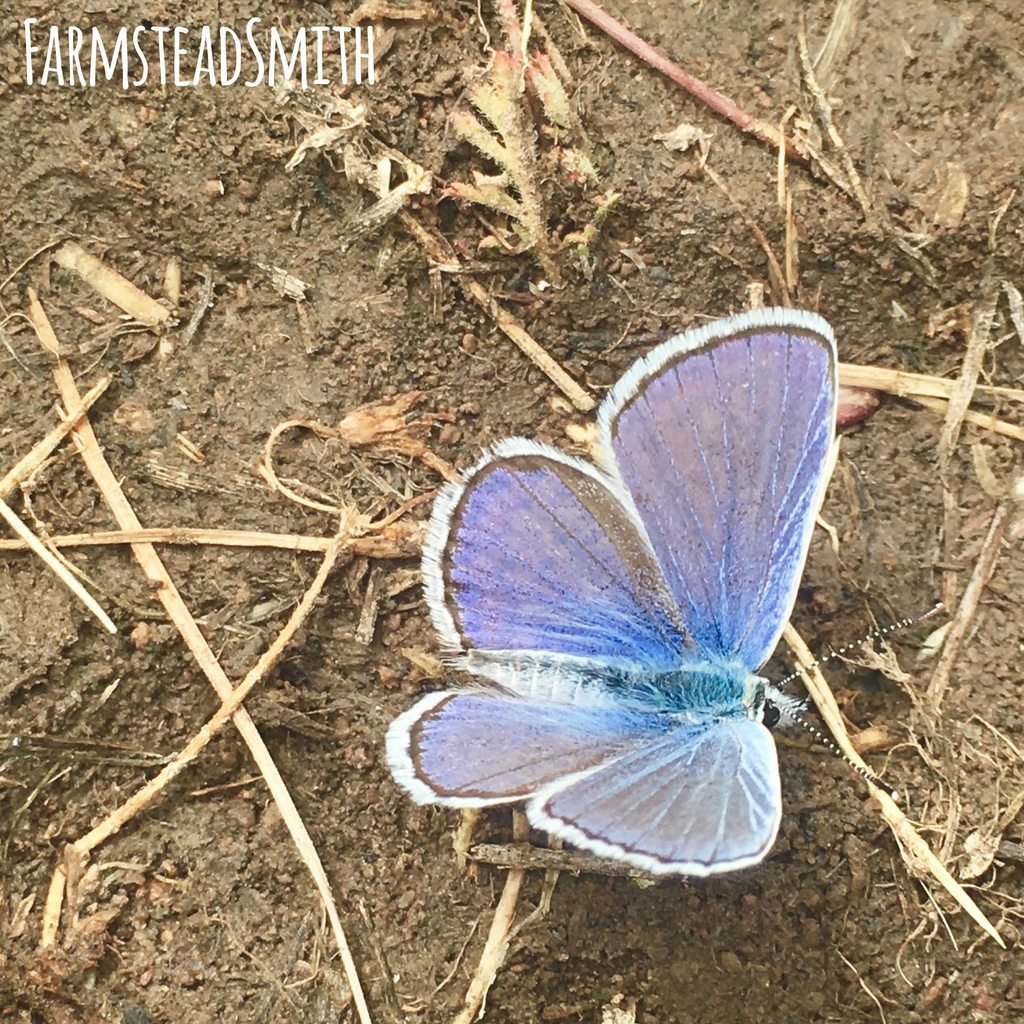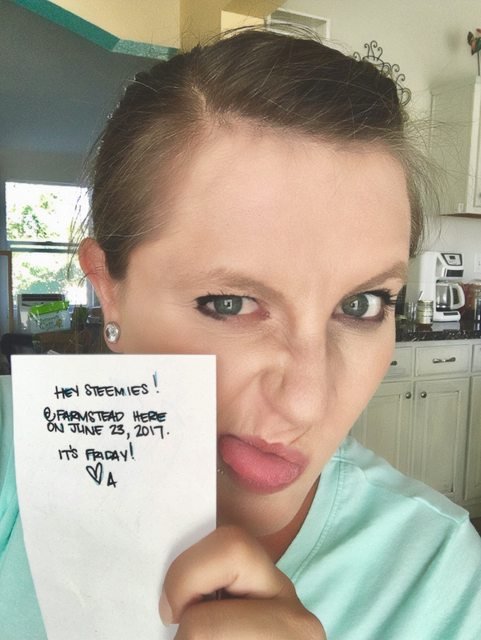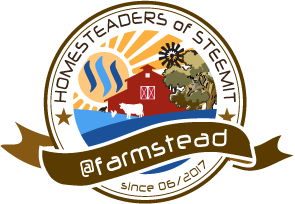
Male Silvery Blue Butterfly
So, I have a lot of nature on my Farmstead so I hope to have a sort of series. So this is the first entry. It just happens to coincide with the CollorChallenge today!
These guys look very similar to the endangered Fender's Blue Butterfly lcaricia icarioides fenderi, and that's what I thought it to be. However, after speaking with Oregon Department of Fish and Wildlife, this is the Silvery Blue Butterfly Glaucopsyche lygdamus.
Location & Habitat
These are located all over North America, but it seems they're mostly in the western and upper north east part of the United States. They seem to only have a range of being in the United States and Canada. Interestingly, they do not inhabit Mexico (from the infos I have).
These butterflies can be found in a ton of different types of habitats including deserts, marshes, meadows, prairies, grasslands, roadsides and just about any other undisturbed area where the larval food plants happen grow. Maybe I am doubly lucky cause I live in the high desert grasslands of Central Oregon. Double Whammy.
Food & Life Cycle
The Silvery Blues like to feed on the legume family type flowers. I figure they're here at my house because I have a ton of native Lupine, and another legume type with yellow flowers that I have yet to identify, on my 20 acres. They lay single eggs on young buds and leaves of their chosen plants and the larvae feed on the plants they're laid upon. The larvae are tended on by ants. The pupas are oftentimes taken away by ants into the ant's nest, silly nanny ants. Haha


1, 2
Description & Behavior
These are small little butterflies with a wingspan of up to 1.25 inch, they make me smile when I see them. I love their black and white striped antennae, I think that's my favorite part, other than they are a magnificent blue color. After I've run the sprinkler they just flit around sipping up the water that's soaking into the ground. They're not too quick, or at least are very trusting, cause I'm able to get pretty good pictures of them. Apparently they stop flitting around at the end of June, so I better get out and observe them more before they disappear for the year. The pupae overwinter on the host plants, and then once the larvae emerge from the pupae, they go right away eating on the host plant.
I'm going to have to go inspect the lupines and other legume/pea type plants to see if I can find an egg!
Info Sources

Check out my most recent Steemit Posts.
- How to Make a Chick Brooder
- Why Steemit is Great for Your Homestead
- Markdown Editors - Post Formatting Made Easier
- ColorChallenge WednesdayYellow
- Introducing, THE DOG
- Seven Days In - My Thoughts and Experiences of Steemit Thus Far.

Badge by @daddykirbs
Get yours here!
